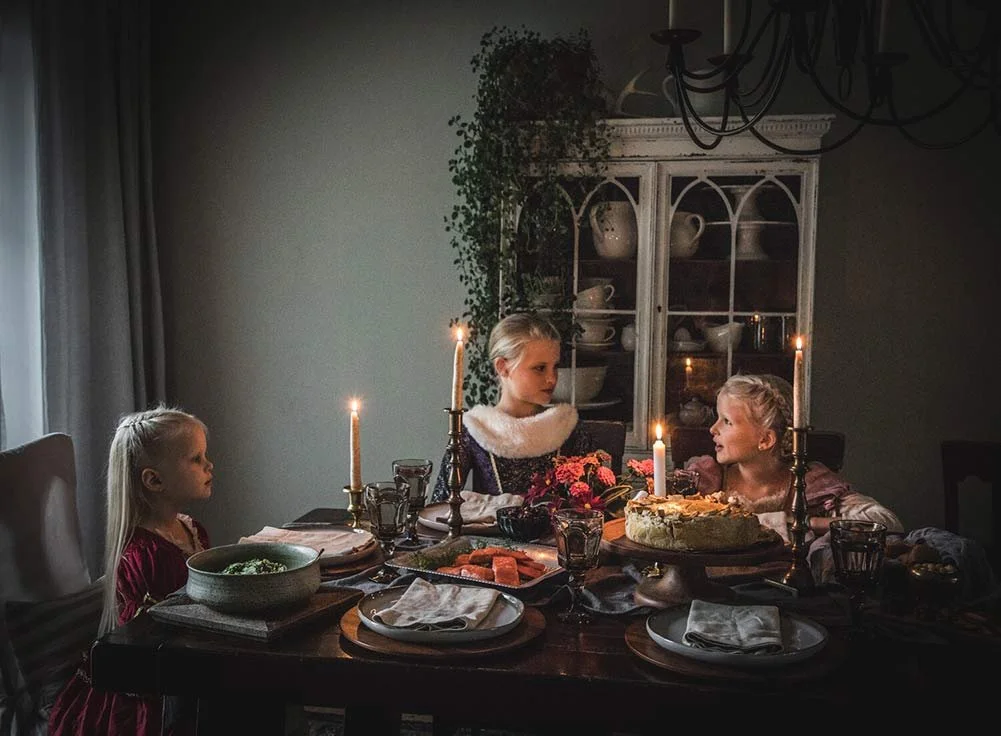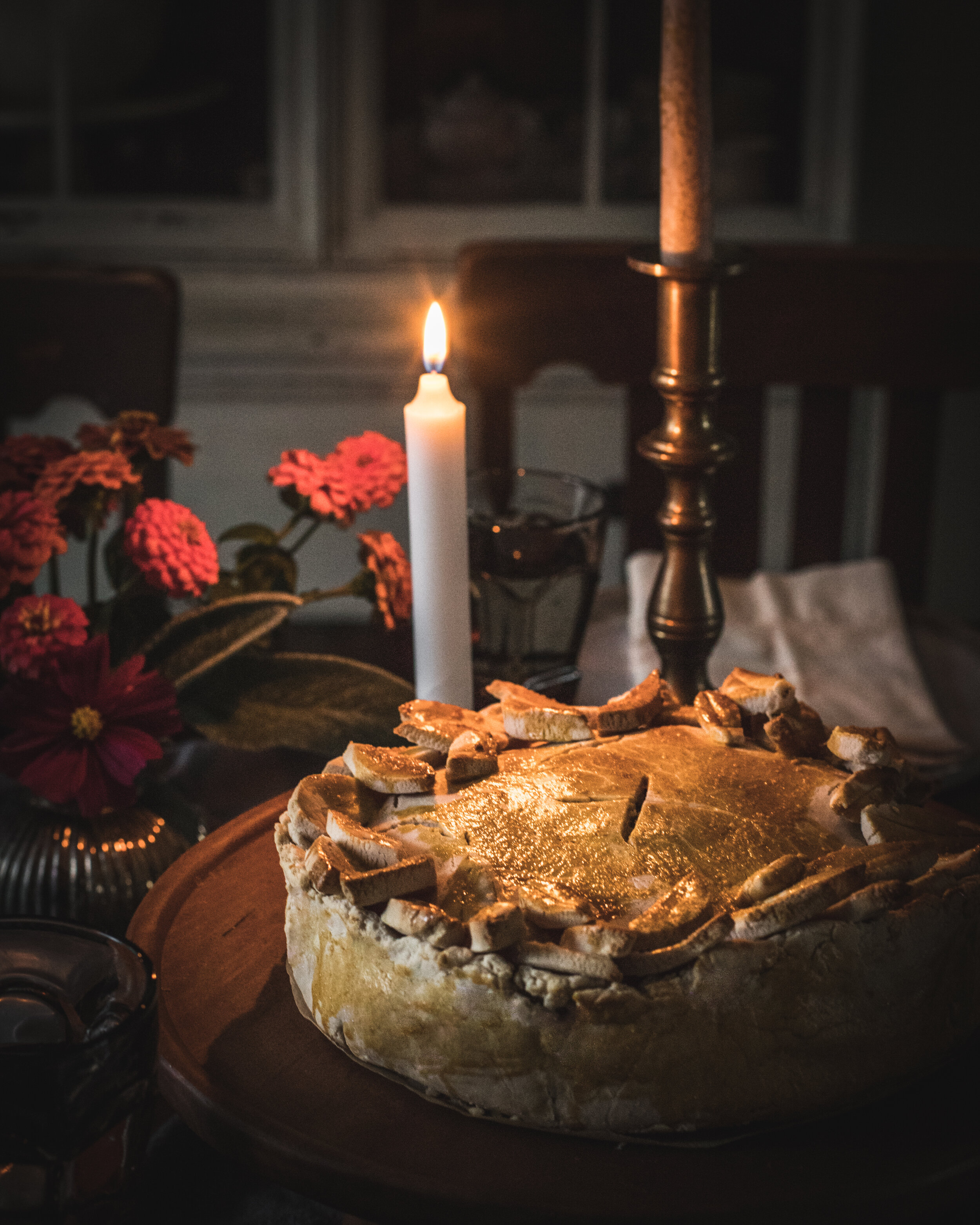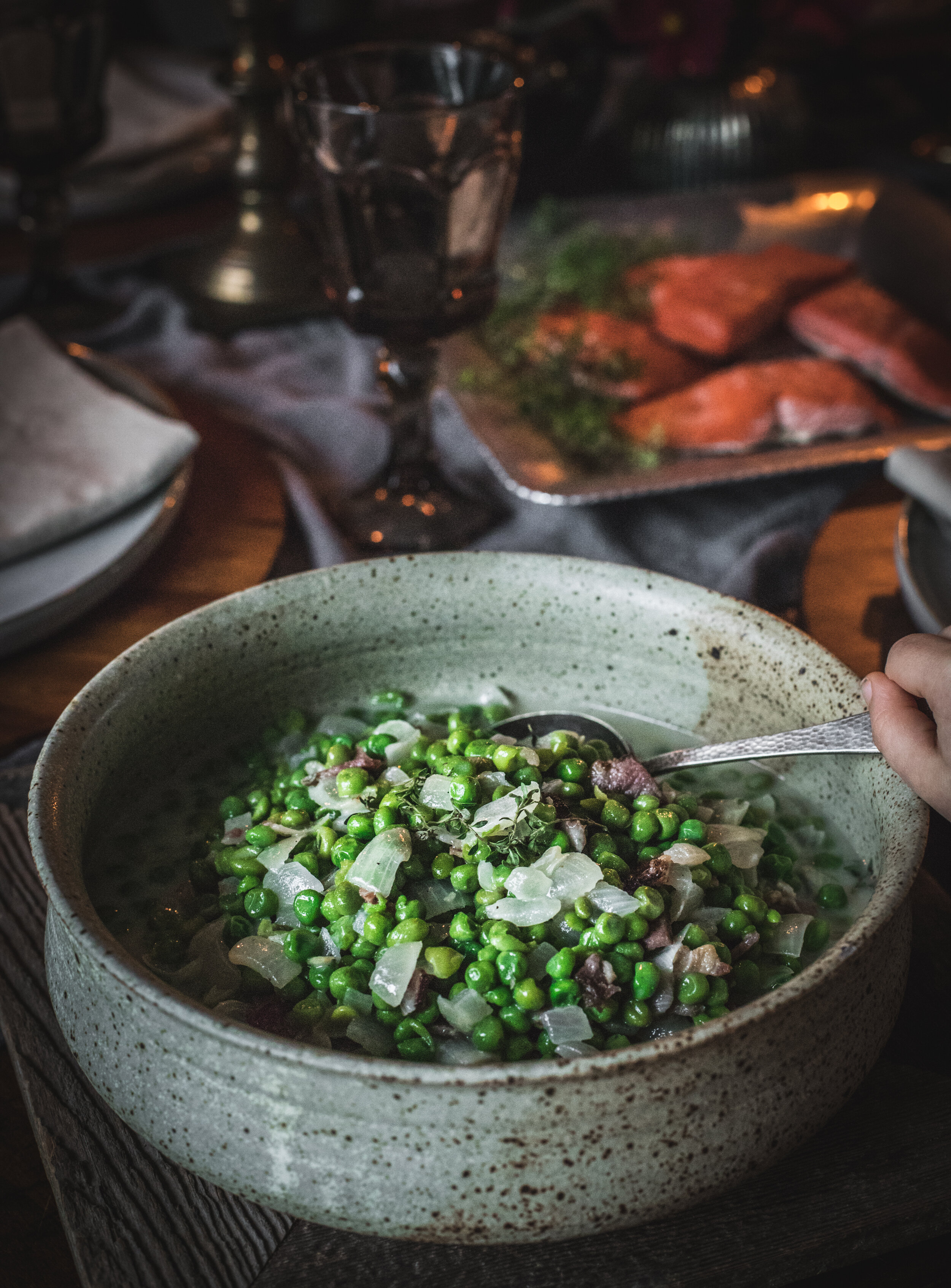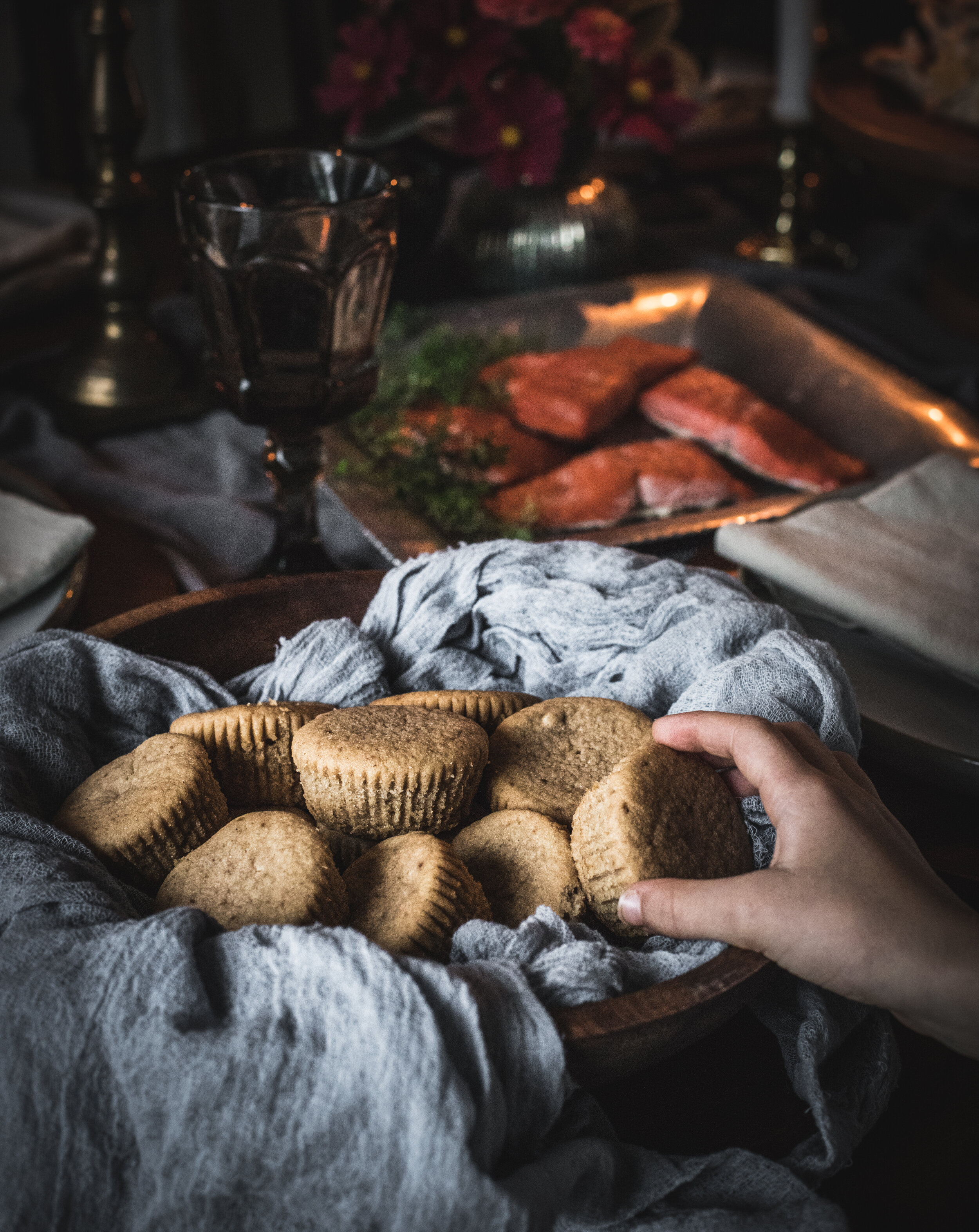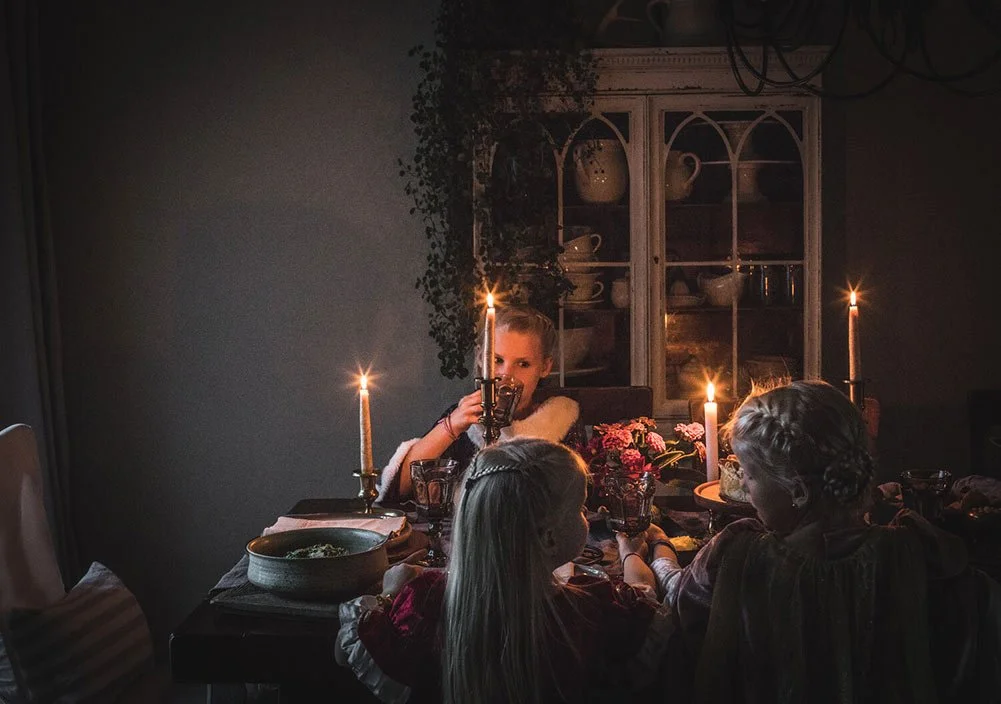As a homeschool mother, I am always looking for opportunities to add depth and life to what we are studying. This year, we are studying medieval times. Of course my girls and I have taken special interest to the typical diets consumed by various classes in this period of history. This feast takes a little bit from several social classes-peasants, knights, and noblemen.
Beef & Bacon Pie
Beef Filling
1/2 pound bacon, roughly chopped
1 pound ground beef
1 onion, diced
2 carrots, diced
1/2 butternut squash, peeled and diced
3 cloves garlic, minced
2 tablespoons fresh sage, minced
a handful of fresh thyme leaves
2 teaspoons cinnamon
1/4 teaspoon ground clove
Hot Water Crust
20 ounces cassava flour
6 ounces ghee or lard
9-10 ounces water
1 egg, beaten (for the egg wash)
Heat a saucepan over medium-high heat. Add the bacon and sauté until the fat is starting to render. Add the ground beef and start to brown along with the bacon for about 5 minutes. Add the onion, carrots, squash, and garlic and continue to sauté until the meat is fully cooked and the vegetables are slightly tender, about another 3-5 minutes. Stir in the sage, thyme, cinnamon, and clove. Taste, and adjust the salt and seasonings, if necessary. Remove from the heat and set to the side.
Preheat the oven to 375 degrees. Line an 8 or 9 inch springform pan with unbleached parchment paper and set to the side.
To prepare the crust, weigh the cassava flour and put it in a heat-proof mixing bowl or stand mixer. Heat the water and ghee (or lard) together in a small saucepan until the mixture until it comes to a boil. Carefully pour the hot water mixture into the flour. Mix until dough forms. Allow the dough to set for about 5 minutes to allow the cassava flour to absorb the liquid. The dough should be easily rolled out and worked with your hands. If it is dry, add another ounce or so of water.
Take 1/3 of the dough and place it on a lightly floured surface. Roll the dough out into a circle, big enough to fit into the bottom and sides of the springform pan Transfer the dough to the pan and gently press it into the corners of the pan. Transfer the filling into the crust. Take another half of the remaining dough and roll it out to fit the top of the pie. Press the dough from the sides and top together to seal the seems. Using the remaining dough, cut our leaves or other decorations out and arrange them on the top of the pie. Use the egg wash to attach, if necessary. Brush the remaining egg wash on the rest of the crust.
Bake the pie for about an hour, until the crust is golden brown. About halfway through baking, remove the springform pan and egg wash the sides of the pie. If at any point you notice the crust getting too brown, place aluminum foil over the pie.
Peas Pottage
In medieval times, anything that was prepared in a pot was doned the name “pottage”. Various items were cooked in a pot, we chose peas pottage as it was likely served on the tables of members from each societal class.
4-6 slices bacon, chopped
1 sweet onion, quartered and thinly sliced
2 cloves garlic, minced
1.5 tablespoons cassava flour
1/4 cup bone broth
1/4 cup coconut cream
1 pound fresh or frozen peas
In a large saucepan, sauté the bacon over medium-high heat. When the fat is starting to render, add the onions and sauté until translucent, about 5 minutes. Add the garlic and sauté until fragrant, about another minute. Stir in the cassava flour until evenly incorporated. Slowly add the bone broth, stirring constantly until full incorporated and starting to thicken. Add the coconut cream and stir until smooth. Add the peas and cook, stirring frequently until they are tender, about 3 minutes. Season with salt, to taste.
Honey Cakes
3/4 cup honey
1/2 cup coconut sugar
1 teaspoon cinnamon
1/2 cup ghee or palm shortening, softened
1 egg
1 3/4 cups cassava flour
1 teaspoon salt
1/2 teaspoon baking soda
1 cup coconut milk
2 teaspoons lemon juice
Preheat the oven to 350 degrees. Prepare a muffin tin with muffin liners and set to the side.
Cream together the honey, coconut sugar, ghee or palm shortening, and egg. In a separate bowl combine the cassava flour, salt, and baking soda. In a small bowl, combine the coconut milk and lemon juice. Add the dry ingredients and milk mixture to the wet ingredients in alternating turns and mixing until well-combined with each additions. Spoon the batter equally into the muffin tins.
Bake for 30 minutes, or until a toothpick inserted comes out clean.

